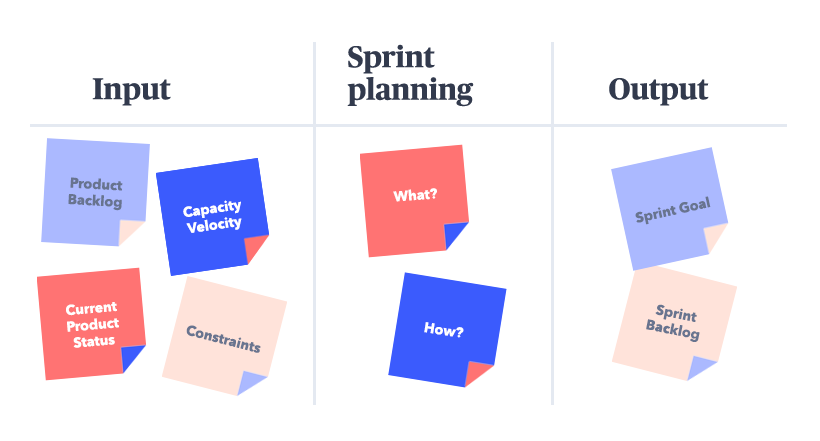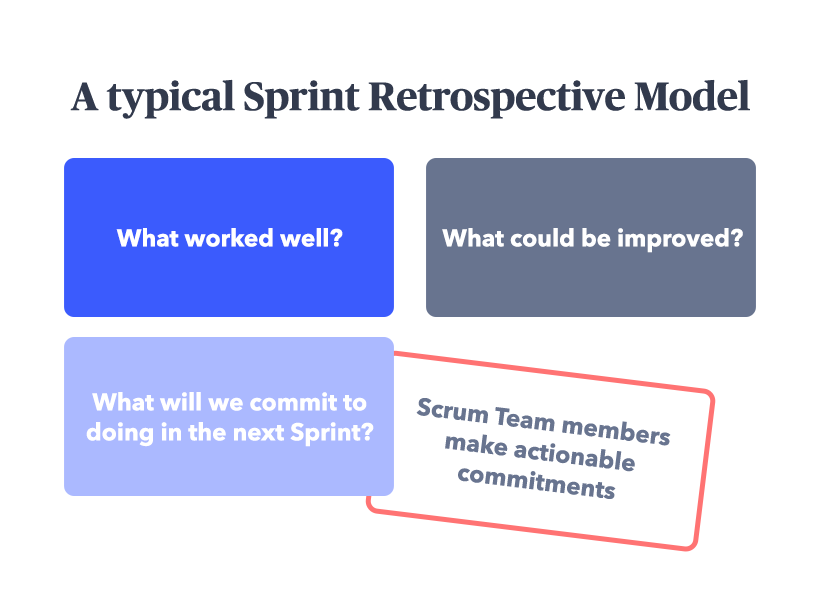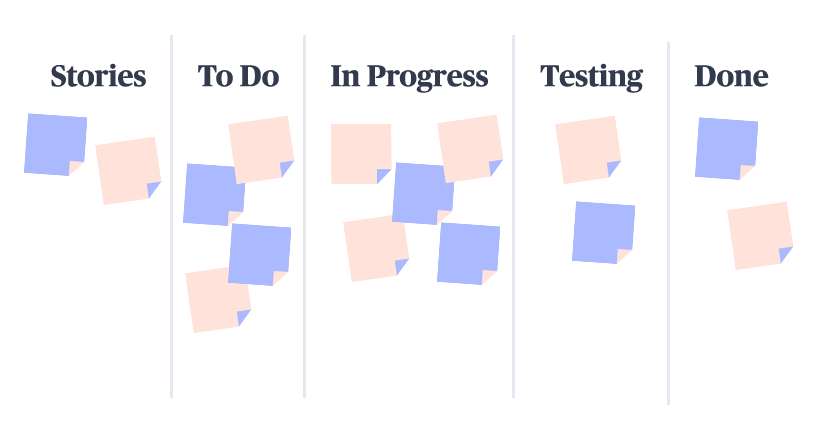ARTICLE SUMMARY
Picture this: every month you get your groceries following the same pattern, you buy the same stuff, go to the usual supermarket and go off of the same agenda. Or imagine you like to play sports and you do what you know, repeatedly, over and over for years. Suddenly, everything falls apart and what you used to do is not giving you the same results you are used to. It’s hard to image, right?!

Picture this: every month you get your groceries following the same pattern, you buy the same stuff, go to the usual supermarket and go off of the same agenda. Or imagine you like to play sports and you do what you know, repeatedly, over and over for years. Suddenly, everything falls apart and what you used to do is not giving you the same results you are used to. It’s hard to imagine, right?!
Not just in our daily routine, but over time, we must enhance ourselves to create the best version we can be. You must be wondering, what does that to do with Sprint? So imagine that you are used to working on your projects or tasks the same way and all of a sudden, your approach doesn’t work anymore. What are you going to do?
Personal-Growth-Mindset is important in any role in a company. The idea is not to work harder, but smarter, and more efficiently! In this scenario comes Sprint, a way to deal with your daily constantly challenges by being agile.
Make your expertise more agile than before and apply Sprint in your life!
Many times, you know what you want to achieve, nevertheless, you have a long path to go and you need tons of knowledge to get there. Therefore, you gather multi-functional people to supplement the process and get to the solutions you need to arrive at. All of these are part of something bigger: Scrum and Agile principles are exactly where you are going to create the right environment with the right people to obtain a great Sprint!
This team is composed of the Scrum Master, the Product Owner and the Development Team. This team will build the Product Backlog, everything you need to get to the final product.
Now that you briefly understand some basic concepts, let’s get down to Sprint!
What is sprint?
Sprint is any amount of time between1 to 4 weeks long, in which the development team prioritizes tasks to deliver a product or a planned part of a product to the product owner. During this time, the team goes through different phases to reach their goals. Let’s check them out:
1. Sprint planning
Have you ever imagined having things to do, but you don’t have a set deadline? Have you ever been unsure of what you wanted to achieve? Or are you battling multiple perspectives on what is “done?”
In this stage, based on what the Product Owner expects, the development team has a time-boxed of a maximum of 8 hours to discuss what they believe they can achieve in one Sprint.

A Sprint Planning Meeting is a collaborative way to come to different solutions and ideas to get things done! You will be able to collect different perspectives about the problem, solution and think about how you are going to work to deliver value. As a way to facilitate this moment, you may use tools such as brainstorming.
Things you have to achieve after a Sprint Planning:
- The whole team must have a clear understanding of what each role’s responsibility is
- Inputs during Sprint Planning will generate your Outputs: a clear understanding of what is the goal (what do we need to get by the end? A part of a software? Revenue?)
- Remember: the achievements must be aligned with what the Product Owner expectations!
2. Sprint review
During this stage, the Scrum Master gathers the Development Team, Product Owner and other sponsors of the project. It is the time to share what was accomplished from the Product Backlog. It is important not only to share the good stuff but what bottlenecks were run into, so the team can continue to think forward, always focused on improving. It is also a moment to consider: what are you going to prioritize from the Sprint Backlog?

Things you have to achieve after a Sprint Review:
- Make sure everyone is on the same page – present results and difficulties;
- Review of the Product Backlog – ideal upcoming Sprint
3. Sprint retrospective
This is the final step of your Sprint. In this stage, the Development Team and Scrum Master discuss how to improve best practices, stop actions that are wasting time and start tackling what is missing in the previous Sprint. It is also a moment to give feedback to members of the team.

Things you have to achieve after a Sprint Retrospective:
- Everyone should have a clear understanding of what they should do to continue improving and also what they should stop doing.
Sprint planning best practices
A. Daily meeting
All Scrum Teams must remember to use the limited time of 15 minutes that is the Daily Meeting. It is a crucial moment during the Sprint since during this period, the team will get on the same page based on what’s going on in the moment.
At this phase, each member from the development team will share what they have done, what they are going to do and if they need any help passing through any barriers. In the last case, it is the Scrum Master’s role to help clear the path to get things done.

B. Kanban board
Use the Kanban method to track your daily meetings. By using the Kanban, anyone will be able to easily visualize what you are going to do, what are you doing and what was done during the Sprint.

C. Burndown chart
Another good way to better visualize your progress is to use this graphic representation. The concept of the Burndown Chart is to give the team a straight and easy way to follow up the progress. Follow up what you desired to do daily and what are you doing!











